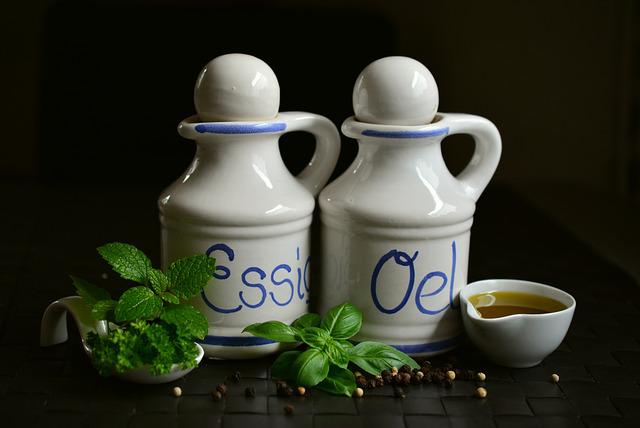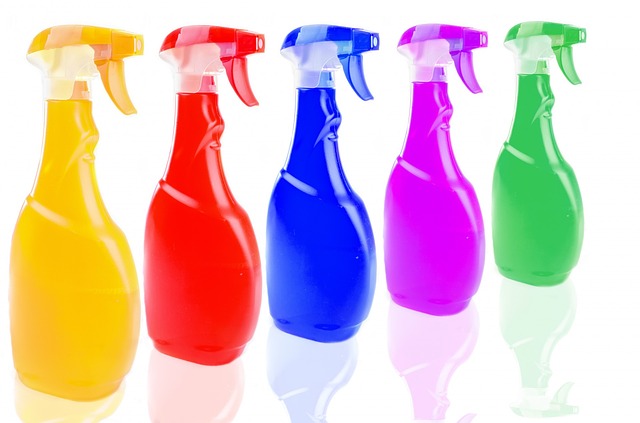Stainless steel items such as pots, barbeque stands, and appliances are prone to watermarks and tarnishing. They need to be regularly polished to restore or maintain their shine. When polished properly, stainless steel can display the best surface you can imagine. Besides its aesthetic benefits, polishing can also act as a protective layer for the metal.
So, how to polish stainless steel? Here are 3 main methods to help you achieve this goal.
1. Using Vinegar

There are different types of vinegar and it is recommended to choose cider vinegar, as it will leave a more pleasant scent on the surface. If there are stains on the surface or there is heavy tarnishing, use cleaning vinegar.
Use the following steps when polishing stainless steel surfaces:
- Check the grain’s direction
- Use a spray bottle to spray the vinegar on the steel surface to create a thin coat
- You may also moisten a soft cloth with vinegar as an alternative
- Dilute the vinegar (1/2 cup against 1 quart of warm water) for light polishing
- Use undiluted vinegar if there is heavy staining
- Wipe the surface along the direction of the grain to reach the grooves where grime, dust, and dirt gets trapped
It is important that no vinegar stays in the grooves, as it can cause the steel to fade after some time. It is recommended to use a soft cloth instead of paper towels, as they will not leave any fibres behind.
2. Using Specialised Cleaners

There are specialized cleaners in the market for achieving optimal results with your Stainless Steel Kitchens polishing needs. It is recommended to choose a non-wax-based polish with abrasive properties. Next, you should consider whether you need a water-based or oil-based cleaner.
Water-Based Cleaners
These cleaners are less toxic and environment-friendly, but they are not good at removing fingerprints or smudges.
Oil-Based Cleaners
These cleaners provide better polishing results.
It is recommended to use the following steps to polish your Stainless Steel Kitchens using specialized products:
- Choose a properly ventilated area for the task
- Wear a pair of rubber gloves
- Spray the cleaner over the item using the directions on the label
- Use a dry microfiber cloth to wipe the surface in the direction of the grain
It is recommended to clean the surface regularly to prevent the build-up of dirt or grime.
3. Using Olive Oil

Take a soft cloth and flip an open bottle of olive oil over it. let the oil soak into the cloth for a couple of seconds. Then, follow these steps:
- Use the soaked cloth to coat the stainless steel surface in the oil
- Use circulation motions with a slight pressure
- Continue the process for a few minutes until the entire surface is covered
- Wipe the surface until a light sheen forms
- Make sure the polishing is even
- Use a paper towel or clean cloth to remove any excess olive oil
It is recommended to keep wiping the surface until it no longer feels oily. You may also use baby oil or liquid paraffin for the purpose.
If there is tough tarnishing on your Stainless Steel Kitchens surfaces, you may consider using lemon juice. It is a natural and environment-friendly cleaning method. Lemon juice has acidic properties and is highly effective in removing tarnish. You can use a soft cloth to wipe the surface covered in lemon juice and water or soak the cloth before rubbing the surface with it.
What Are The Benefits of Polishing Stainless Steel
Polishing stainless steel provides numerous cosmetic and functional benefits. Here are several major advantages:
Enhanced Aesthetics
- Mirror-Like Finish: Polishing produces a reflective, mirror-like surface on stainless steel, increasing its visual attractiveness. This is especially advantageous for applications in architecture, interior design, and decorative components.
- Improved appearance: Polishing removes stains, scratches, and oxidation, resulting in a cleaner, more beautiful look.
Corrosion Resistance:
Corrosion Resistance
- Surface Protection: Polishing can assist increase stainless steel’s corrosion resistance by eliminating impurities and smoothing the surface. This is critical for situations where harsh environmental conditions are a risk.
Hygienic Properties
- Easy to clean: Polished stainless steel surfaces are smoother and have fewer pores, making them easier to clean and maintain. This characteristic is useful in areas that require cleanliness and hygiene, such as the food and medical industries.
Durability and Longevity
- Reduced Wear and Tear: Polishing can reduce wear and tear by removing scratches and surface flaws, resulting in increased durability and longevity. This enhances the lifetime and durability of stainless steel components and structures.
Chemical Resistance
- Improved Resistance: Polished stainless steel surfaces are more resistant to chemical attacks due to their smoother finish, making corrosive chemicals less likely to adhere. This is especially useful in industrial settings where multiple chemicals are commonly used.
Improved Welding Performance
- Welding Surface Preparation: Improved Welding Performance with Surface Preparation Polishing the surface before welding improves weld quality by guaranteeing a clean and smooth surface, lowering the likelihood of flaws, and enhancing overall structural integrity.
Heat Resistance
- Enhanced Heat Dissipation: Polishing stainless steel improves heat dissipation, making it ideal for high-temperature applications like kitchen appliances and automobile components.
Cost Savings
- Maintenance Cost Reduction: Maintenance Polished stainless steel requires less care than untreated surfaces, which can result in long-term cost savings.
Consumer Appeal
- Marketability: Polished stainless steel products offer a premium and sophisticated appearance, making them more desirable to consumers.
So, these are some of the most effective ways to polish the stainless steel appliances and surfaces in your home. It is important to maintain a daily cleaning routine to extend the gap between your polishing routine.

